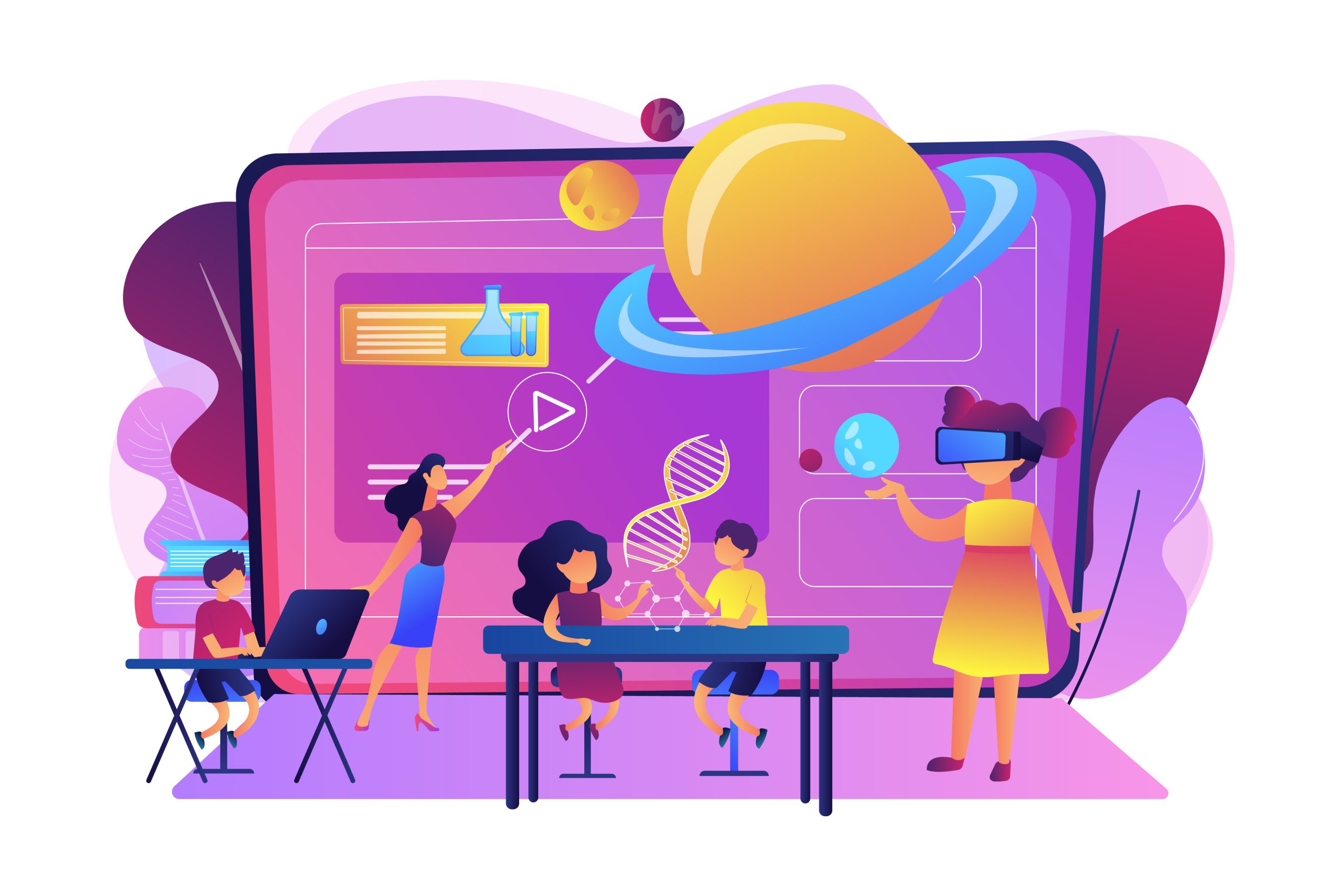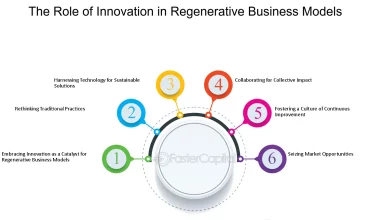
Flipped Classroom: Redefining Student Engagement
Arts education is a powerful tool that can unleash the creativity and potential of students, providing them with numerous benefits beyond the traditional academic curriculum. Engaging in various forms of artistic expression, such as visual arts, music, theater, dance, and creative writing, allows students to explore their inner selves, develop critical skills, and foster a deeper appreciation for the world around them. This article will delve into the importance of arts education, its impact on students’ overall development, and its role in shaping well-rounded individuals.
The Power of Art in Education
1. Cultivating Creativity and Imagination
Arts education serves as a breeding ground for creativity and imagination. When studen is encouraged to express themselves through art, they can think outside the box, explore new ideas, and embrace innovative thinking. This creative process helps in artistic endeavors and translates into problem-solving skills in other areas of life.
2. Boosting Cognitive Abilities
Engaging in arts-related activities has been linked to enhanced cognitive abilities. Whether analyzing complex musical compositions, understanding visual art symbolism, or memorizing lines for a theater performance, students’ brains are constantly stimulated and challenged. These mental exercises promote better memory retention, improved concentration, and higher academic performance.
3. Emotional Intelligence and Empathy
Art allows students to explore and express their emotions freely. They learn to identify and manage their feelings through creative expression, leading to increased emotional intelligence. Additionally, exposure to various art forms, such as literature or theater, helps students understand different perspectives and fosters empathy and compassion for others.
The Role of Arts in Personal Development
1. Building Confidence and Self-Esteem
Participating in arts activities empowers students to take risks and believe in their abilities. Whether presenting a piece of art in front of an audience or performing on stage, these experiences build confidence and self-esteem. Students learn to overcome stage fright and embrace constructive criticism, which helps them grow both personally and artistically.
2. Stress Relief and Mental Well-being
Creating art can be therapeutic for students, providing a healthy outlet for stress and anxiety. Engaging in artistic pursuits allows them to escape from everyday pressures and immerse themselves in a world of their own making. This process not only relieves stress but also promotes better mental well-being.
3. Developing Perseverance and Discipline
Mastering an art form requires dedication and discipline. Whether practicing a musical instrument, perfecting a dance routine, or refining a painting technique, arts education instills the value of hard work and perseverance. These qualities are transferable to other aspects of life and contribute to long-term success.
The Social Impact of Arts Education
1. Enhancing Communication Skills
Participating in group art activities, such as theater productions or collaborative art projects, improves students’ communication skills. They learn to work as a team, express their ideas effectively, and listen to others. These skills are essential for building positive relationships and succeeding professionally.
2. Fostering Cultural Awareness and Diversity
The arts provide a window into different cultures and traditions. Through exposure to diverse artistic expressions, students gain a deeper understanding and appreciation for cultural diversity. This promotes inclusivity and respect for people from all walks of life.
3. Strengthening Community Engagement
Arts education can bring communities together. Students often showcase their artistic talents in local events or exhibitions, creating a sense of pride and unity within the community. Moreover, arts programs can serve as a platform for addressing social issues and promoting positive change.
The Need for Comprehensive Arts Education
1. Integration with Core Curriculum
Arts education should be treated as something other than an optional add-on but integrated into the core curriculum. By doing so, students can reap the full benefits of a well-rounded education, where creativity and critical thinking are nurtured alongside traditional academic subjects.
2. Support for Arts Educators
To provide high-quality arts education, supporting and investing in arts educators is essential and you can get access to them if you contact studen. Training programs, resources, and professional development opportunities should be available to teachers, enabling them to inspire and guide their students effectively.
3. Advocating for Arts Funding
Arts programs are often at risk of budget cuts in educational institutions. Advocacy for arts funding is crucial to ensure that all students have access to arts education, regardless of their socioeconomic background. Investment in arts education reaps long-term rewards in terms of individual growth and societal enrichment.
Conclusion
Arts education is not just about learning to draw, dance, or play an instrument; it is about unleashing creativity, nurturing emotional intelligence, and building well-rounded individuals. By integrating arts into the education system, we provide students with the tools to express themselves, understand others, and excel in various aspects of life. Let us recognize the profound impact of arts education and work towards creating an educational environment where every student can unleash their full creative potential.




